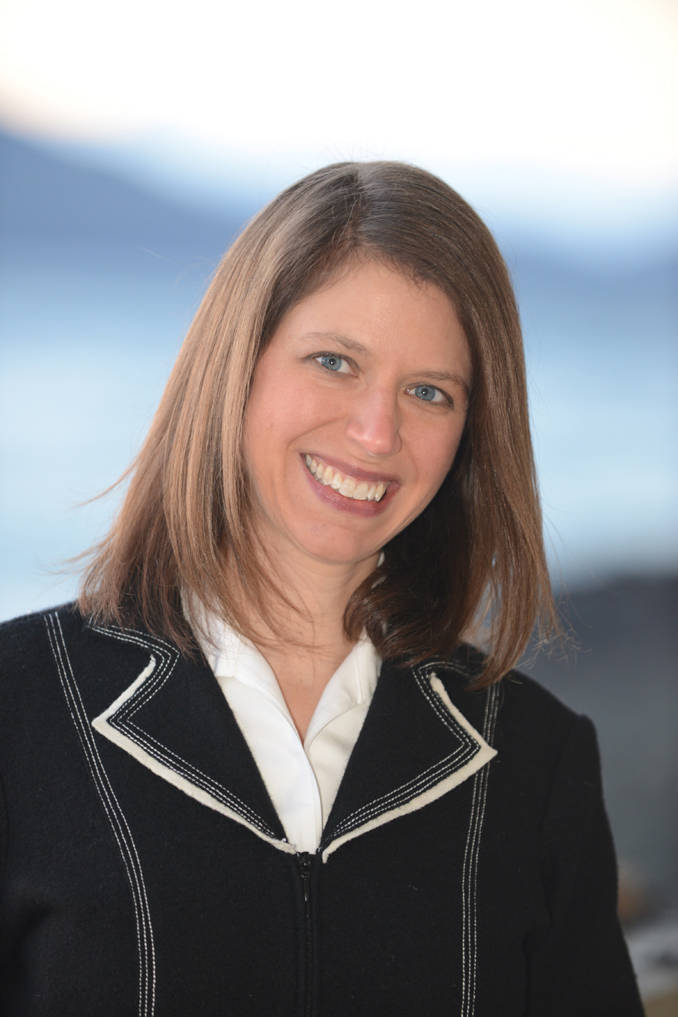What is sustainability, why does it matter, and how can we work to promote a more sustainable Alaska? These issues form the foundation for this column, written by faculty associated with the University of Alaska Southeast Sustainability Committee.
At its core, “sustainability” is based on use of natural resources in a manner that will ensure their existence for future generations. Some of these resources are “ecosystem services,” provided by nature automatically and for free. These resources provide life-sustaining functions for all of us such as clean drinking water, unpolluted air to breathe, nutrient-rich soil that feeds our gardens, and healthy oceans that provide nourishment. In Juneau, we reap these benefits by drinking pure glacier water, breathing fresh air exhaled from the Tongass, and setting our tables with fresh vegetables from our gardens and fish caught off our shores. Our survival and well-being depends on the health of our natural environment and we all have a responsibility to conserve these resources. But how do we know if we are living “sustainably”?
On April 22, millions of people around the globe celebrated Earth Day by participating in the March for Science. Science is a fundamental element of sustainability and can provide us with objective information to ensure that a resource is available for future generations. Two main types of data are needed. We need to know about the resource itself. How abundant is it, what is its distribution, how is it produced, and how quickly does it replenish itself? This information falls within the purview of natural scientists. We also need to know how we are using that resource. Who is using it, how quickly, and for what purpose? This information falls within the purview of social scientists. However, sustainability science is not so cut and dry and typically inter-disciplinary studies are needed to provide a holistic understanding.
As a marine biologist, I study animals that live in the ocean and in particular, marine mammals. Some of my earliest work focused on more theoretical questions such as how male sea otters establish breeding territories or the function of social bonds in dolphins. However, since moving to Juneau six years ago, much of my work has shifted toward answering more practical or applied questions about how the livelihoods of marine mammals and humans are interconnected. This was driven by my observations of how Alaskans are so inextricably linked to the natural environment on a daily basis. I want to better understand how the oceans, and marine mammals in particular, help to produce resources via ecosystem services.
Some ecosystem services provided by the oceans can help to mitigate climate change. “Blue carbon” refers to the natural ways that marine organisms help to remove carbon dioxide from the atmosphere. This helps marine resources by minimizing the deleterious effects of rising carbon dioxide levels, such as warming seas and ocean acidification. These blue carbon ecosystem services also stimulate the bottom of the food chain, providing more food for animals and humans alike.
Marine mammals are some of blue carbon’s major players. Sea otters help kelp forests to grow by feeding on organisms that graze on kelp, such as sea urchins. By keeping populations of kelp grazers low, sea otters keep kelp forests healthy. Kelp forests are important because, like forests on land, they absorb carbon dioxide from the atmosphere. Kelp forests also provide habitat for fish such as herring. Humpback whales help, too. They “fertilize” surface waters by producing nutrient-rich fecal plumes. These nutrients then stimulate the growth of plankton, which not only absorb carbon dioxide from the atmosphere but also feed the bottom of the food chain, creating more productive oceans overall.
By better understanding the science behind these natural processes, we can learn how to use our marine resources in a sustainable way. This will help to ensure healthy ecosystems that will persist for future generations.
Dr. Heidi Pearson is an Assistant Professor of Marine Biology at the University of Alaska Southeast and lives in Juneau. Dr. Pearson is a member of the University of Alaska Southeast Sustainability Committee. The views expressed here do not necessarily represent the views of the University of Alaska Southeast.

